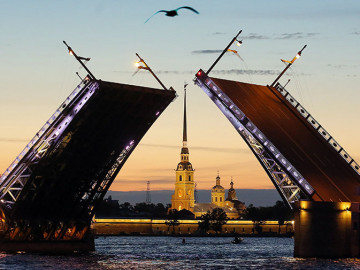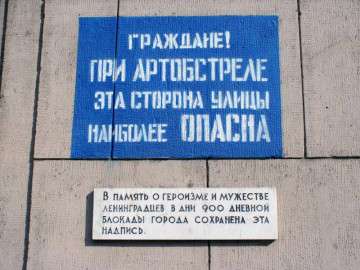Palace Square and the Winter Palace: Witnesses of Russian History
Palace Square (Dvortsovaya Ploshchad), which had seen the Bloody Sunday and witnessed the October Revolution of 1917, hosted concerts by Elton John and Placido Domingo, is currently one of the places in the city being photographed most of all. The square, named after the palace standing on it, is a brainchild of the architect Francesco Rastrelli. He designed it with the final version of construction of the Winter Palace in 1753. The palace building works were completed in the early XIX century by Carlo Rossi, who preserved Rastrelli’s concept. The Winter Palace, the main imperial palace in the country, already existed by that time.
The Winter Palace was designed in the shape of a square of four wings, the facades of which overlook the Neva, the Admiralty Building and Palace Square, and the main façade is decorated with a Triumphal Arch. Rastrelli wanted to make the Palace bright both inside and outside, and furnished the entire perimeter with stone vases and sculptures, which were later replaced by metal replicas. Rossi combined the Winter Palace into an ensemble with the Empire-style General Staff Building, the semi-circular facade of which was no less magnificent than the palace. There is a 28-meter high arch in the middle of the building, decorated with a 10 meters long sculpture group with a chariot of the goddess Nike and figures of soldiers. As conceived by Rossi, the arch was to be a link between the square and the Nevsky Prospekt. The appearance of the Alexander Column in 1834 has become the next stage of formation of the square ensemble. The 47 meters high creation of Auguste de Montferrand, topped with a statue of an angel holding a cross and trampling on a snake, also symbolizes the victory of Russian arms over Napoleon. Nine years later the appearance of Palace Square was finally developed: architect Bryullov created the Guard Corps Headquarters and decorated its facade with a portico of 20 Ionic columns.





































